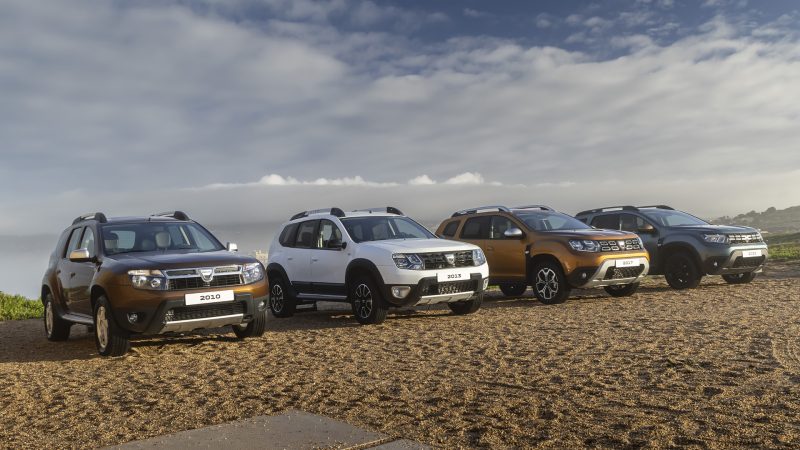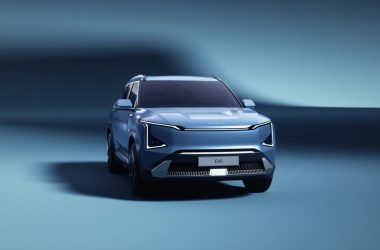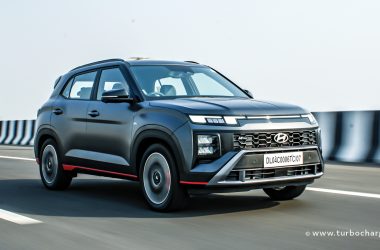The Renault Duster, also known as the Dacia Duster worldwide, was one of the first SUVs to hit the scene in the now super competitive midsize SUV market. The Duster has been a real success story, collecting over 40 awards during its impressive 13-year run globally. With more than 2.2 million units produced and counting, it proudly snagged the title of Europe’s best-selling SUV in the retail market for 2022. Fun fact: about 1,000 Duster SUVs roll off the production lines at Dacia’s plant in Pitesti, Romania, every day – that’s like one per minute!
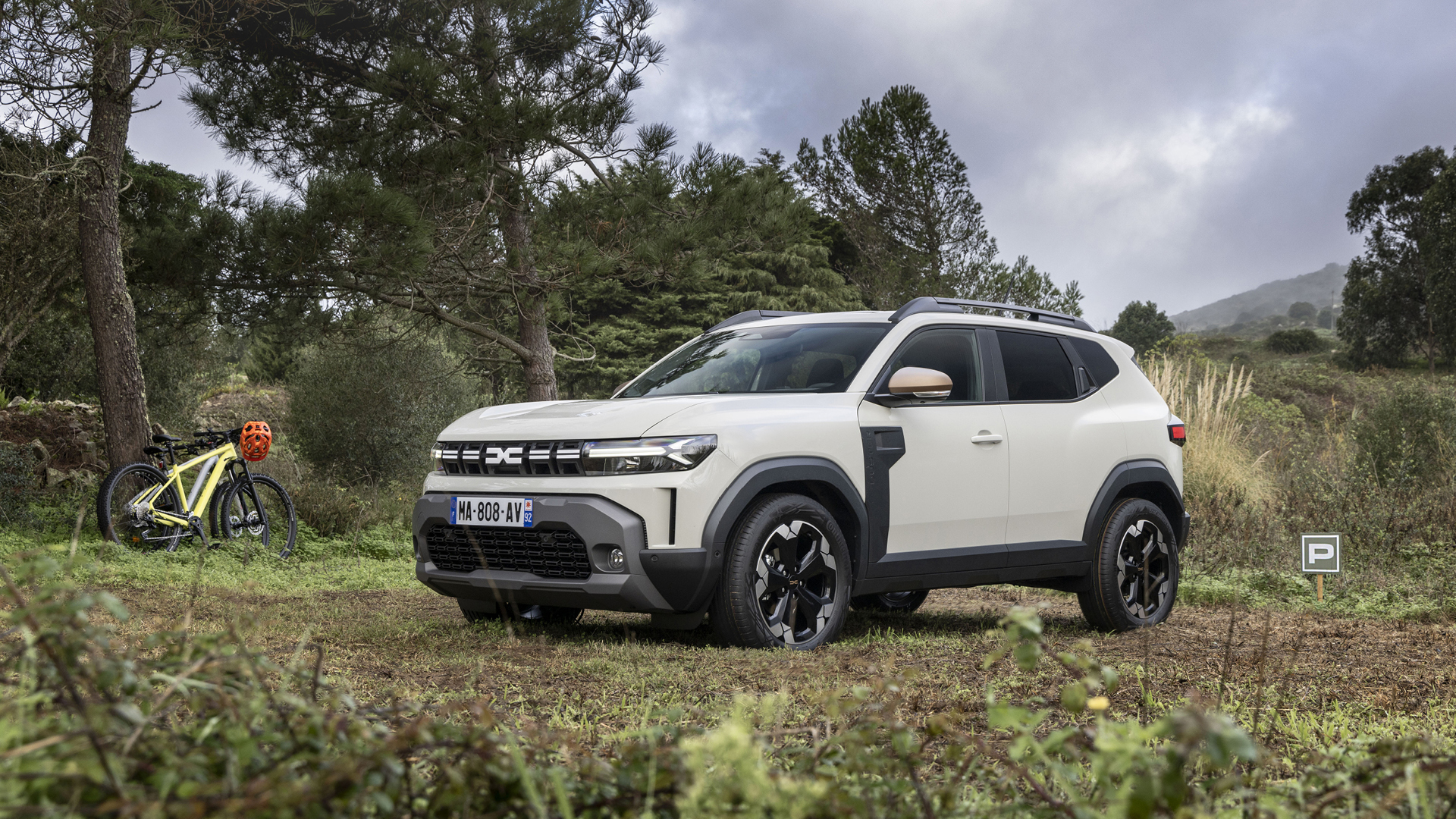
Dacia has given the new Duster a fresh look. While it still rocks the strong and robust SUV vibe that made previous models a hit, the Duster steps it up.
David Durand, the brain behind Dacia’s designs, explained, “Before diving into the Duster’s style, we nailed down its proportions to give it a strong, balanced stance. When you get the proportions right from the start, you don’t need fancy tricks to tweak the style later.” The Dacia philosophy of “All the essentials, no frills” applies here too. The designers started with simple shapes – the cabin, bonnet, wings, etc. Then, they pieced them together to create a modern, well-built style with clean, confident lines.
The straightforward shapes and volumes add to the design’s oomph, including the vertical face, angled wheel-arch guards, large tailgate, and seamless side windows. The Duster is decked out with a stylish belt that wraps around it, connecting the underbody shields, wheel arches, and bumpers, making it tougher and more outdoor-ready than ever!
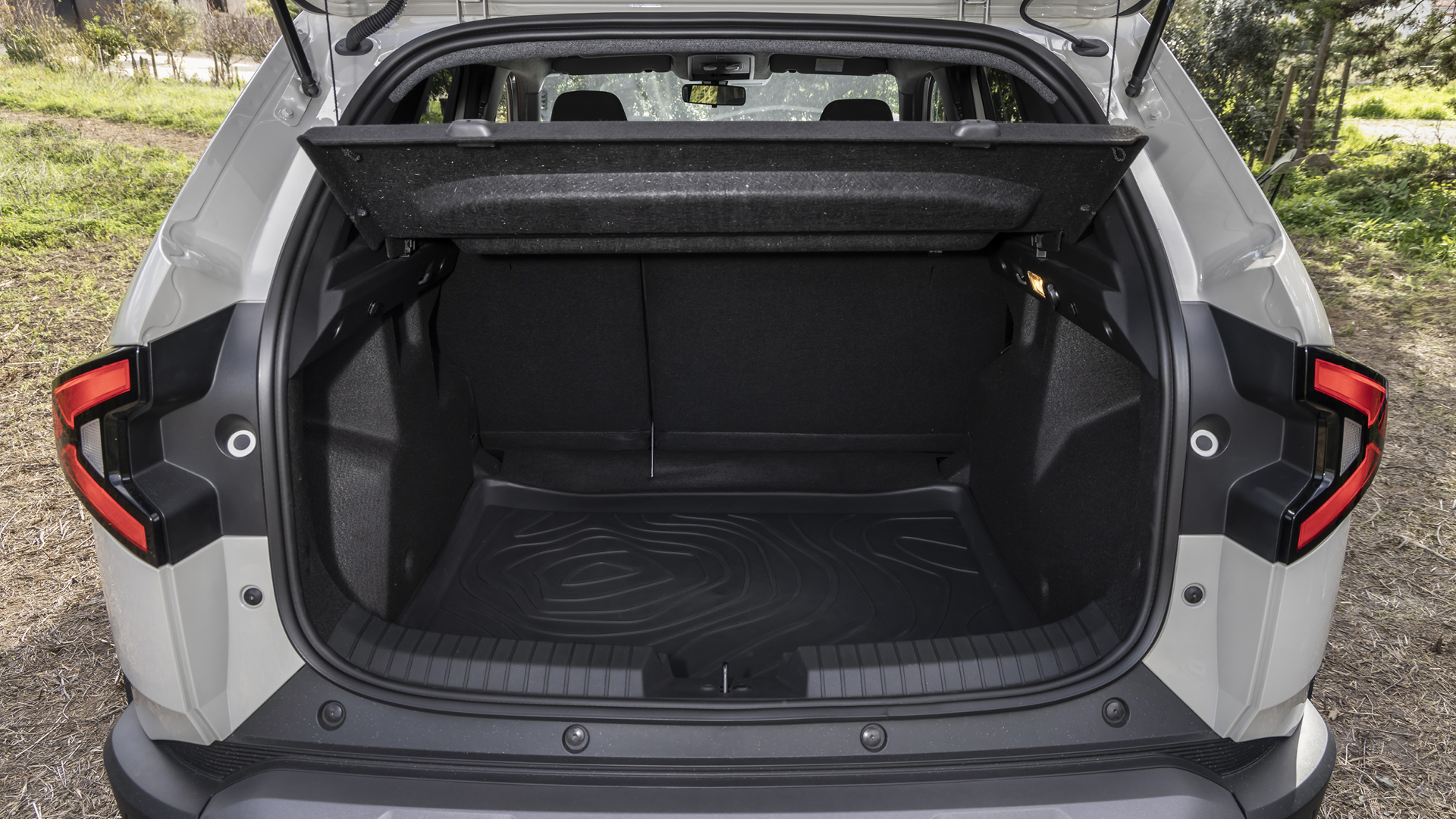
David Durand adds, “We wanted the exterior and interior design to match. The crisp and rugged style inside gives you a sense of proper protection.” This feeling is reinforced by the high, vertical dashboard; even the air vents, shaped like wheel arches, contribute to the consistent vibe.
David Durand wraps it up, saying, “We wanted to make Duster’s design more attractive than ever, by making the style even more quintessentially Duster and Dacia, by vigorously and proudly reasserting our values: Robust and Outdoor, Essential but Cool, and Eco-Smart.”
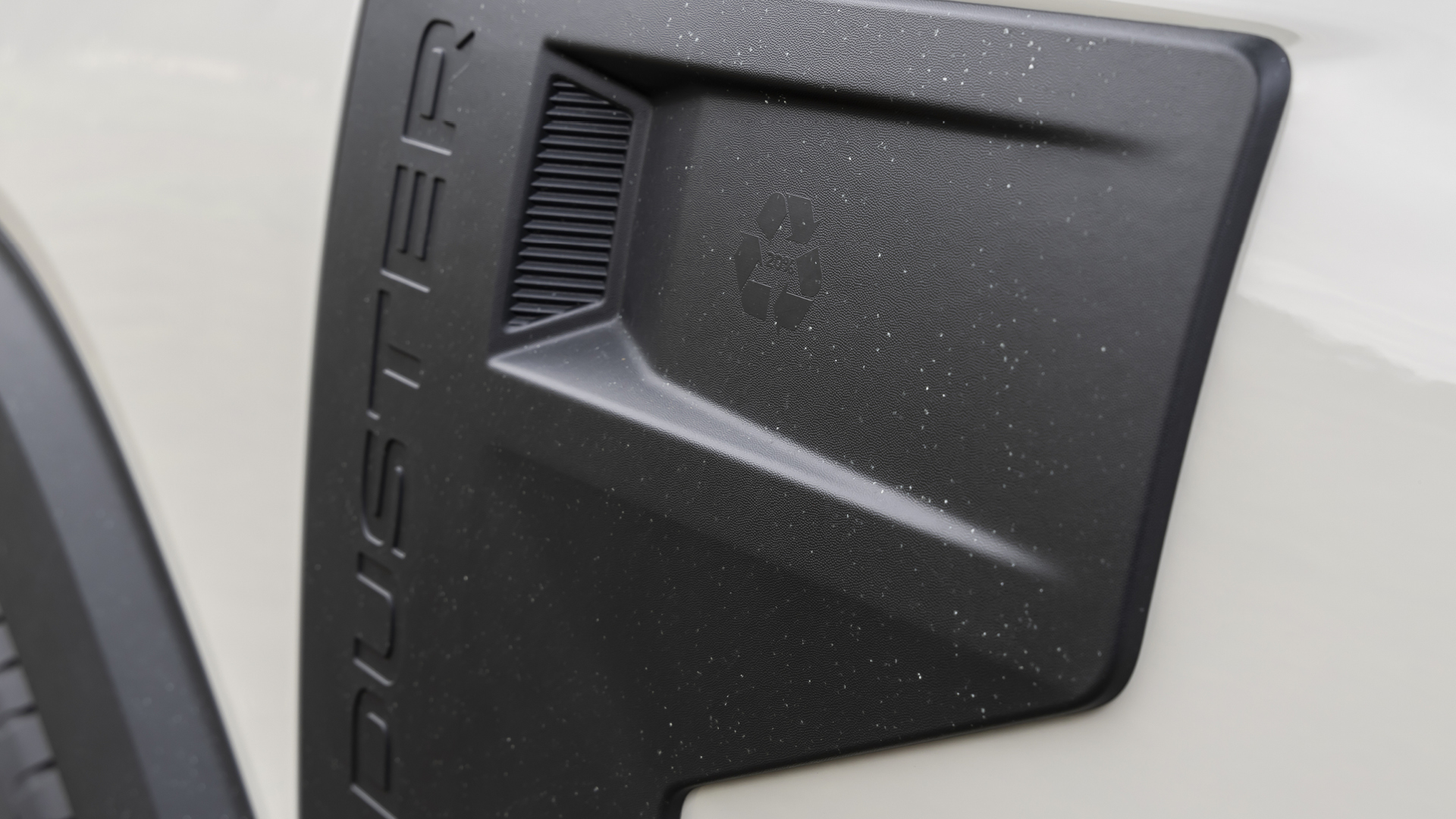
Duster comes with 4×4 Terrain Control transmission, featuring 5 driving modes:
– AUTO: Power is automatically distributed between the front and rear axle based on wheel grip and speed.
– SNOW: Perfect for slippery roads with specific ESC and anti-skid settings.
– MUD/SAND: Ideal for unsteady terrains.
-OFF-ROAD: Offers top performance on tough terrain, similar to the current Duster’s 4×4 Lock mode but with the added advantage of automatic torque distribution to the front and rear wheels based on grip and speed
– ECO: Optimizes fuel consumption by regulating air conditioning and torque distribution to the front and rear axles to limit fuel consumption while adapting to the road’s grip.
With a ground clearance of 217 mm in the 4×4 version (the highest on the market), and downhill speed control for jagged terrains and steep slopes. During off-road driving, the 10.1-inch central screen displays handy information like lateral tilt, uphill and downhill pitch, and torque distribution to the front and rear axles (4×4 version).

Outside, the Duster is wrapped in a protective belt. The flank shields connect to the wheel-arch guards and front and rear bumpers, shielding the entire body from light bumps and scratches. Large skid plates under the bumpers protect the underbody. Inside, the cabin is heavy-duty, especially in the Extreme trim, which comes with washable TEP MicroCloud upholstery and 20% recycled rubber mats in the front, rear, and boot.
The front and rear skid plates are dyed in the mass, making them practically immune to visible marks from scrapes and scratches. The shields around the car are made of Starkle®, a new material created by Dacia’s engineers, ensuring that scrapes and scratches won’t leave noticeable marks.
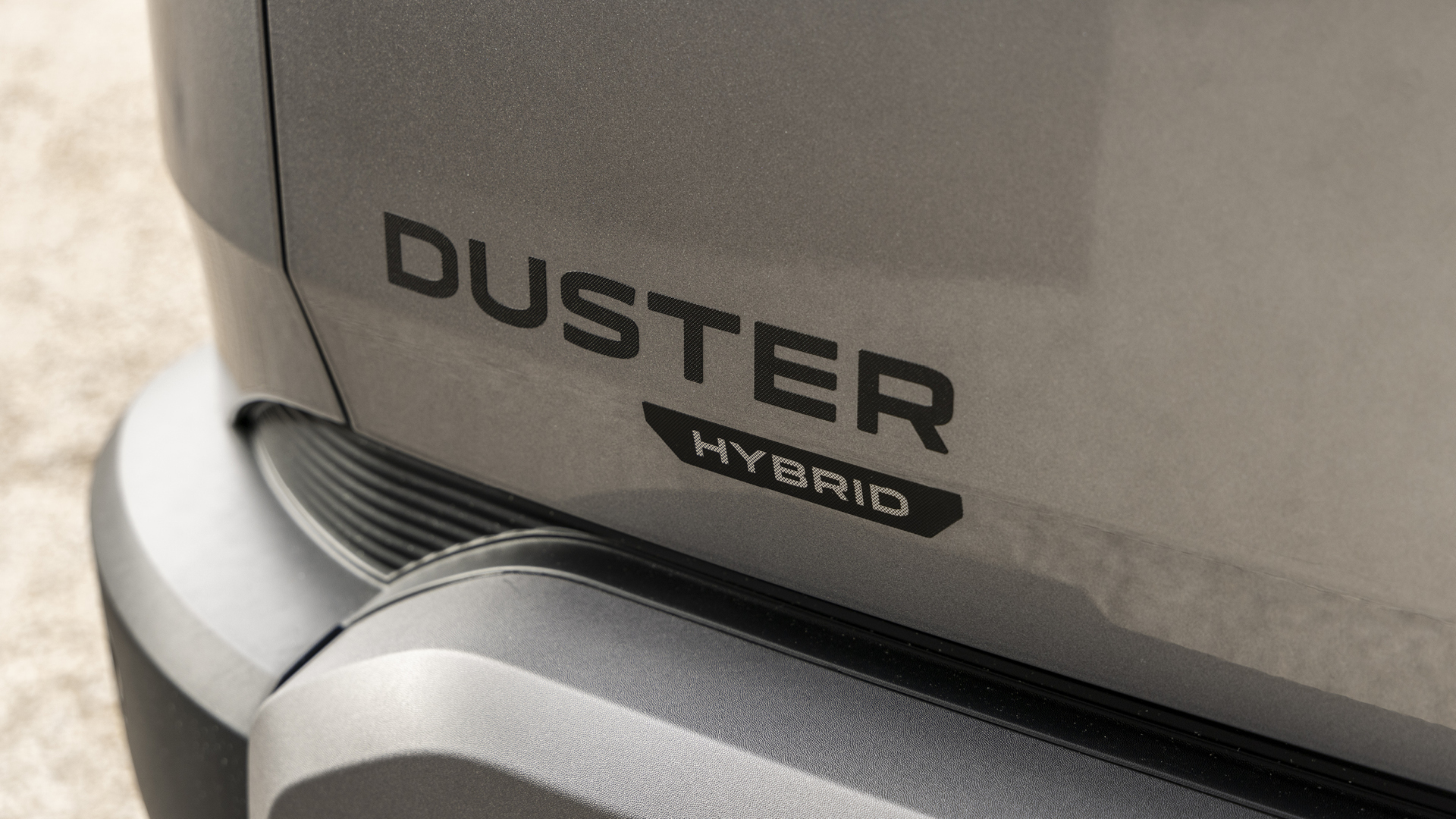
NEW HYBRID POWERTRAINS
The Duster HYBRID 140: This powertrain, adopted for Jogger in early 2023, is now available with Duster. It includes a 4-cylinder, 1.6-litre, 94 hp petrol engine, two electric motors, and an electric automatic gearbox. The regenerative braking and the 1.2 kWh battery’s high energy recovery capacity enable driving in all-electric mode up to 80% of the time in cities, reducing consumption by 20% to 40%.
The Duster TCe 130: Making its debut, this powertrain combines a new-generation 3-cylinder, 1.2-litre turbocharged petrol engine and a 48 V mild hybrid motor. It reduces average consumption and CO2 emissions by about 10%, providing more power during acceleration. The regenerative braking system charges the 0.8 kWh battery.
The Duster ECO-G 100: Dacia, the LPG leader in Europe, offers a dual-fuel option on Duster. When running on LPG, it releases 10% less CO2 than a comparable petrol engine and can cover up to 1,300 km with its two tanks holding 100 litres between them. A button in the dashboard switches the engine between petrol and LPG.
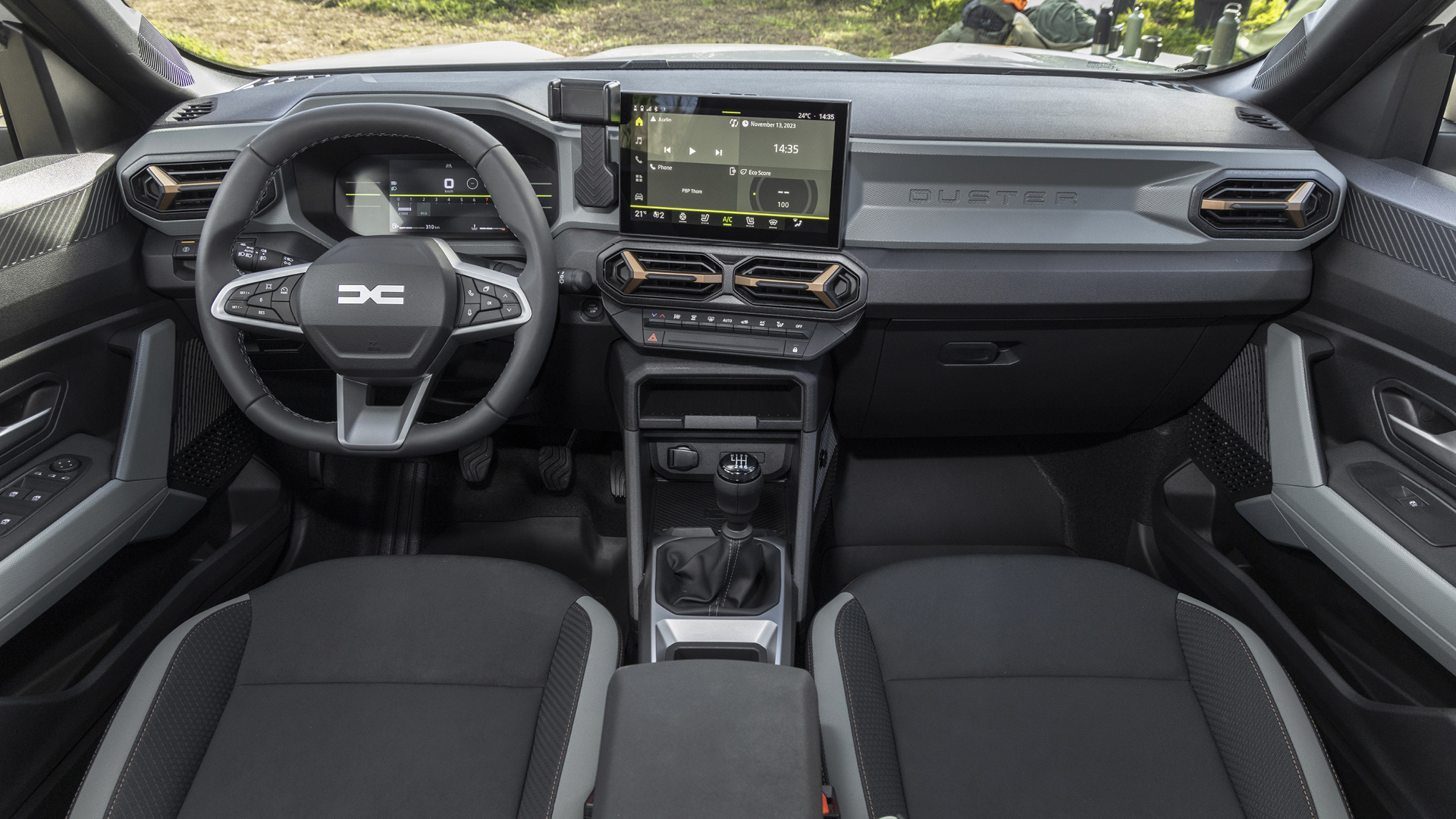
Duster features a new infotainment system with a 10.1-inch infotainment touchscreen. Standard in the Expression and higher trims, the screen is available with both multimedia systems, Media Display and Media Nav Live. Media Control, in the Essential trim, is an infotainment system controlled from the steering wheel, displaying phone calls and media-related information on a 3.5-inch screen. All trims include native connectivity compliant with the new European GSR2 regulations and more connected services for vehicles equipped with Media Display & Media Nav Live, including FOTA (Firmware Over The Air) for remote updates.
Duster is the first to feature the new 7-inch customizable colour digital cluster, standard in the Expression and higher trims. Versions equipped with Media Display and Media Nav Live feature a YouClip smartphone holder, 2 USB C sockets at the front, and 2 at the rear to power up to 4 devices. All trims have a dedicated phone slot.
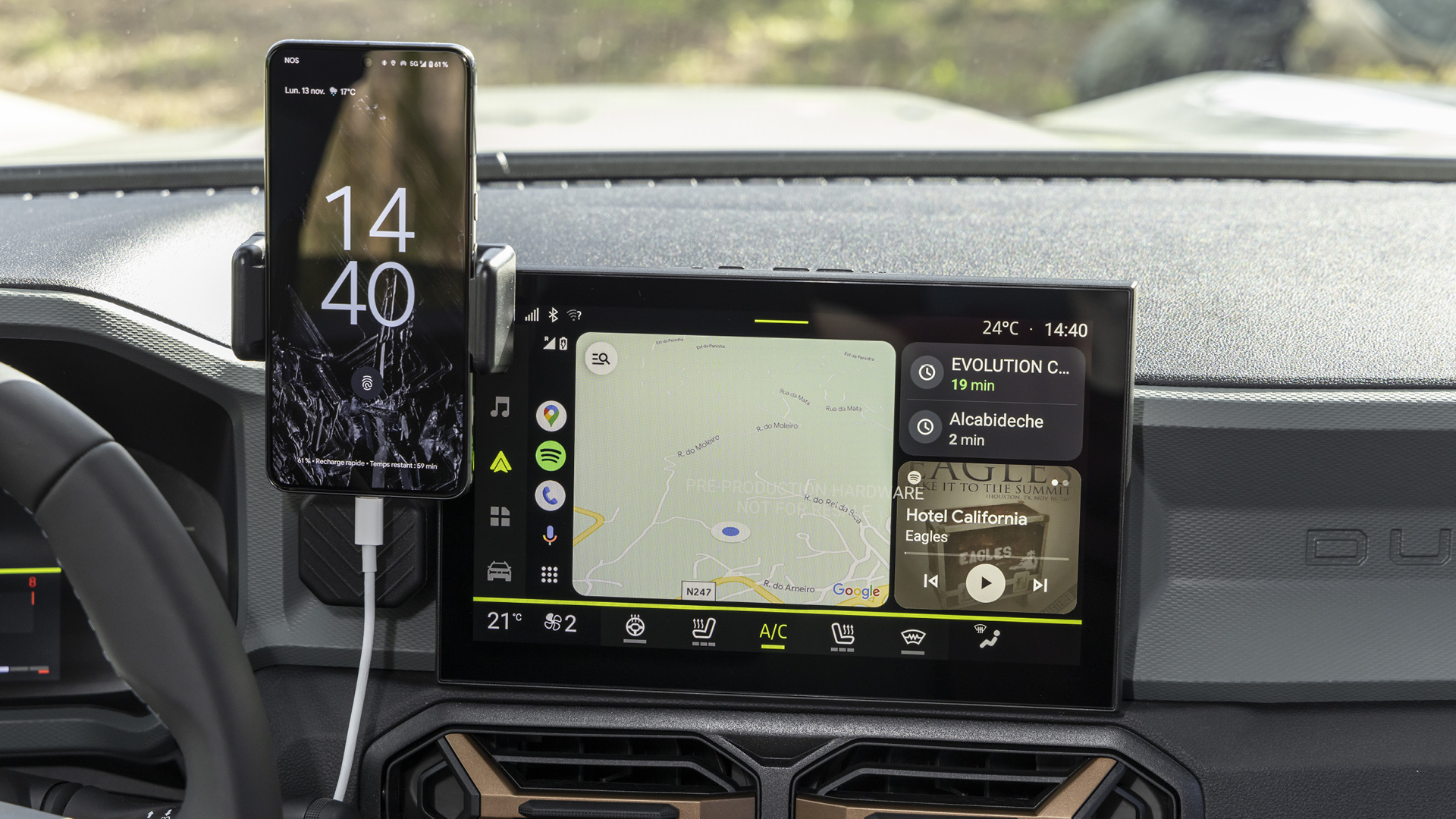
Cruise control/speed limiter is now standard starting with the Essential trim. Automatic low-beam headlights are available in all trims, with automatic switching between low-beam and high-beam headlights as standard in Duster Extreme and Journey models. New driving assistance systems include automatic emergency braking, traffic sign recognition, speeding alert, rear parking assist, emergency stop signal, lane departure warning, lane keep assist, driver attention alert, and emergency calls (eCall). Dacia adds a handy button, “My Safety,” for quick access to favourite driving assistance configurations.
The new Duster offers a more spacious cabin with increased width at the front and added legroom at the back (+30 mm). The lower boot floor, wider and higher boot opening, and a broader and higher boot itself offer up to 6% extra space (472 litres VDA under the parcel tray in the 4×2 Duster).
The Duster introduces an electric parking brake in the Journey trim (standard) and Extreme trim (optional), side mirrors with electric adjusting and folding mechanism in the Extreme and Journey trims, and optional heating steering wheel and de-icing system in the windscreen for harsh conditions.
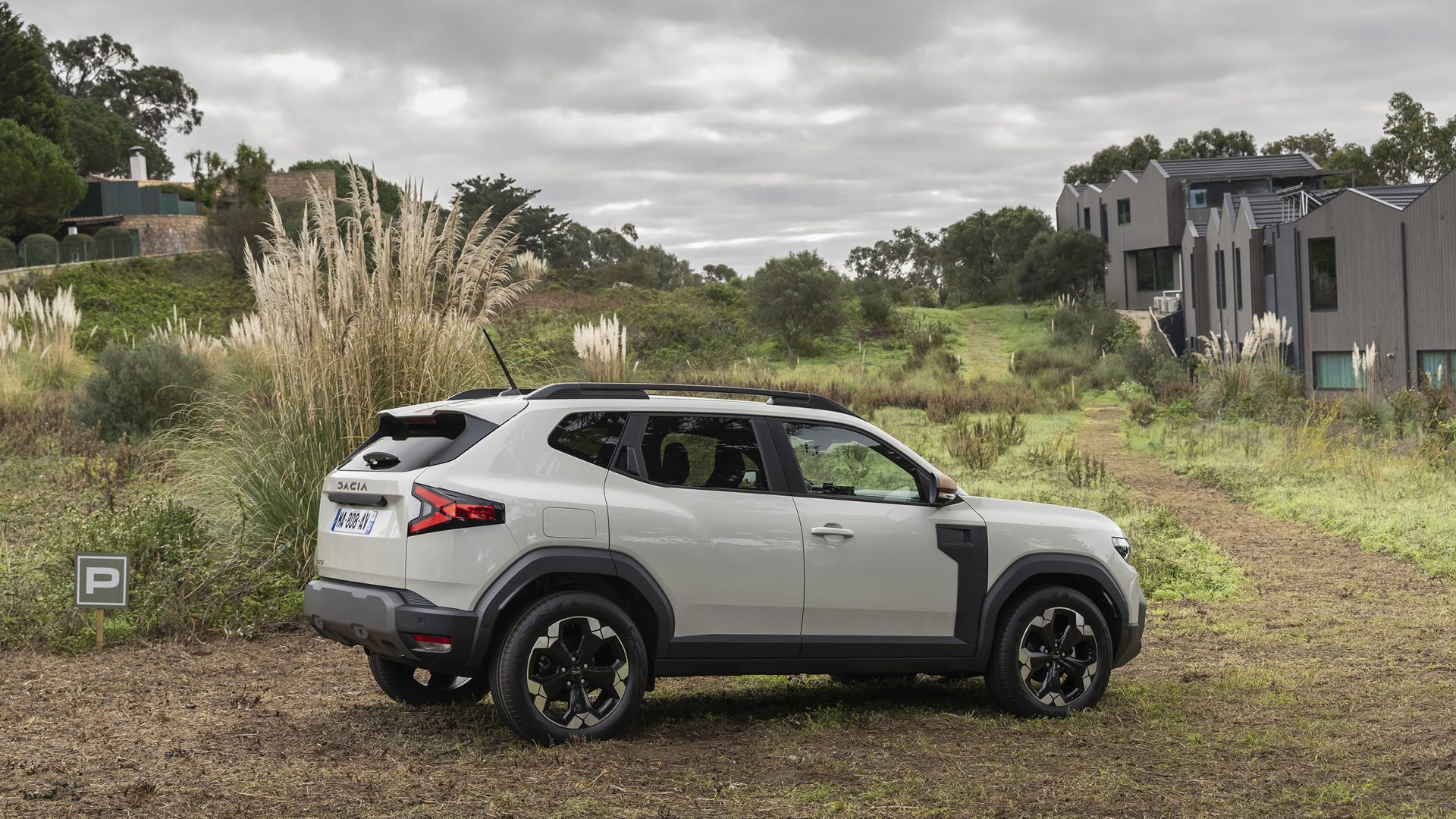
YouClip is a simple and practical system with attachment points in the cabin. Duster comes with four (in the Essential trim) or six YouClip attachment points, factory-fitted, accommodating accessories like a tablet holder, storage pouch, smartphone holder with or without an induction charger, or a smart “3 in 1” accessory with a cupholder, bag hook, and nomadic lamp. The ingenious 3-in-1 system is factory-fitted into Duster Extreme, and all YouClip-compatible accessories are available from the Dacia network.
Deliveries for the Duster start in the second half of 2024 in Europe with no hint of when it will come to our shores.





